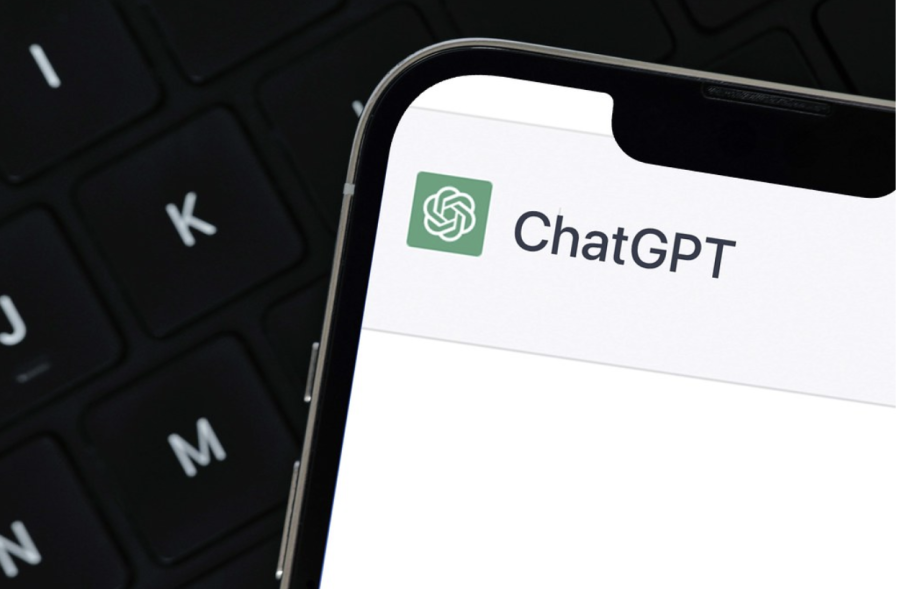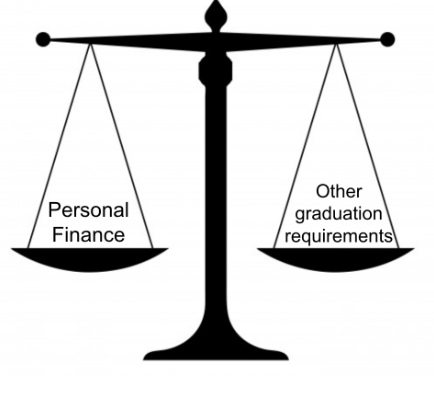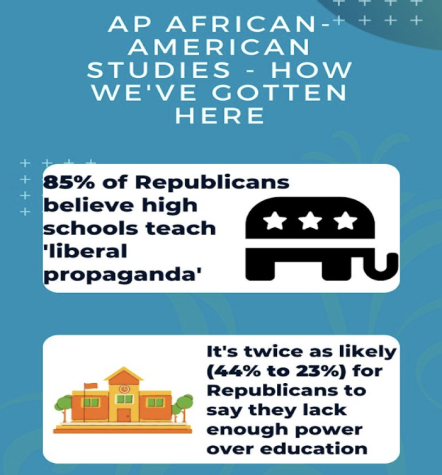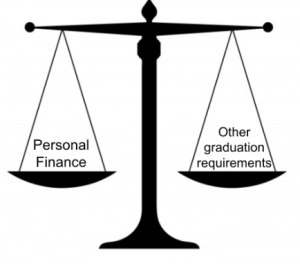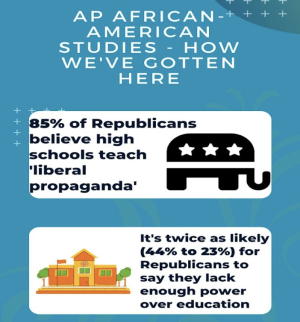ChatGPT dominates school debate; helping or hurting?
An artificial intelligence robot named ChatGPT was created by OpenAI and released in November 2022. Students and teachers have debated how and when to use the tool for academics as its popularity rises.
Chat GPT’s popularity continues to exponentially grow as students uncover its abilities. In fact, according to Sam Altman, the CEO of OpenAI, ChatGPT had more than 1 million users in its first five days after launching.
In the most simple definition, ChatGPT is a chatbot (an autonomous internet-based program that interacts with users) driven by artificial intelligence. In essence, the bot is constantly scouring the internet, and through complex algorithms, distills the most relevant information into cohesive human-like responses. Used in the “right” way, ChatGPT proves to be a tool useful for enhancing productivity and generating ideas. But, what is the “right” way of leveraging ChatGPT? The answer to this question lies in a complex matrix of considerations.
The most obvious reason for using ChatGPT is that it’s an easy way to complete assignments efficiently. As with most technologies at Staples students’ fingertips, ChatGPT is a shortcut that helps us navigate an intense high school education. But what sets this apart is that students have to be disciplined about determining where the line is between efficiency and undermining education inadvertently. Education is intended to facilitate the development of critical thinking skills- not just content absorption. Students should have to struggle a little, employ trial and error, plan and research.
During the pandemic, I became reliant on Photomath, an app that scans and recognizes mathematical equations. The void created by online instruction in pre-algebra was neatly filled by Photomath. In ninth grade, I realized that learning the material versus just completing the homework made an impactful impression in my understanding of certain academic skills.
Because of my reliance on the app, I was behind when attempting to incorporate foundational algebra skills into geometry, my ninth grade math class.
Now, as a junior, Photomath is rarely opened on my phone. Although tempting, I have realized the process of struggling, attempting multiple times and reaching out to your teacher is valuable to building communication skills and setting yourself up for testing success.
ChatGPT applies directly to this experience. Over time, students will realize that relying on bots dulls their ability to plan and compose original work.
Teachers seem to agree that although the chatbot is incredibly innovative, when abused, we risk undermining critical thinking skills. As cited in Baylor Lariat, professor Connie Powell Nichols, finds that “if you never have to make the decision because you have AI telling you what decision to make, you ‘use it or lose it.’”
In fact, as cited by USA Today, Prassidh Chakraborty, a spokesperson for OpenAI, said the company wants to help students and educators benefit from its platform but doesn’t want the chatbot “to be used for misleading purposes in schools or anywhere else.”
Since students will continue to be surrounded by these systems, instead of being taught to not use them, schools, like Staples, should teach kids how to use the tool as a complement to more traditional methods
— Talia Varsano '24
Of course, for many teachers, the introduction of this platform was alarming and many have begun to make alterations in their teaching style. For example, in my AP Biology class, my teacher has been giving lab quizzes instead of the typical lab report as students can easily enter the questions into the bot for the lab answers.
The creators behind ChatGPT hear teachers’ concerns and have created a second tool, the AI Text Classifier. As cited on OpenAI’s site, the AI Text Classifier “is a fine-tuned GPT model that predicts how likely it is that a piece of text was generated by AI from a variety of sources, such as ChatGPT.”
However, ChatGPT and other bot-like systems will not disappear, in fact, they are constantly evolving. Since students will continue to be surrounded by these systems, instead of being taught to not use them, schools, like Staples, should teach kids how to use the tool as a complement to more traditional methods.
The New York Times reported that students will need “to know their way around these tools — their strengths and weaknesses, their hallmarks and blind spots — in order to work alongside them. To be good citizens, they’ll need hands-on experience to understand how this type of A.I. works, what types of bias it contains, and how it can be misused and weaponized.”
ChatGPT is one of the most innovative technological advancements in the education space and can be incredibly useful when used in an appropriate balance. However, we need to be careful not to abuse the system, thus compromising the depth to which we are learning and growing. Therefore, schools need to take extra steps in educating us through the program, introducing when and how it can be appropriate.












































